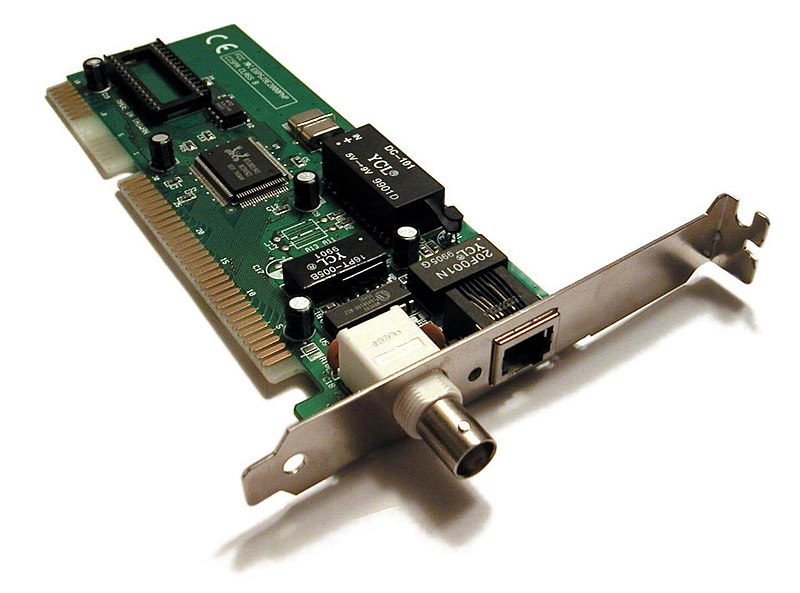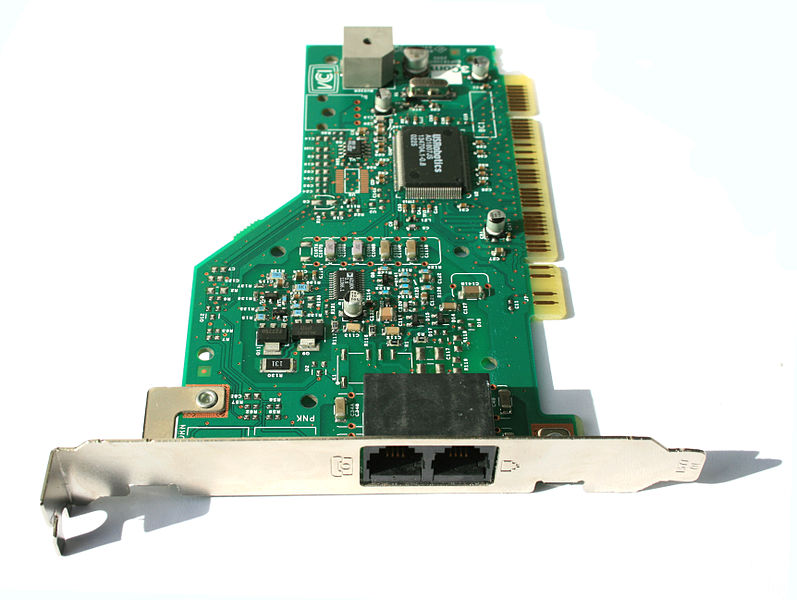Definition - What does Expansion Slot mean?
An expansion slot is a socket on the motherboard that is used to insert an expansion card (or circuit board), which provides additional features to a computer such as video, sound, advanced graphics, Ethernet or memory.

The expansion card has an edge connector that fits precisely into the expansion slot as well as a row of contacts that is designed to establish an electrical connection between the motherboard and the electronics on the card, which are mostly integrated circuits. Depending on the form factor of the case and motherboard, a computer system generally can have anywhere from one to seven expansion slots. With a backplane system, up to 19 expansion cards can be installed.
Techopedia explains Expansion Slot
Expansion cards can provide various functions including:
- Sound
- Modems
- Network
- Interface adapters
- TV and radio tuning
- Video processing
- Host adapting such as redundant array of independent disks or small computer system interface
- Solid-state drive
- Power-on self-test
- Advanced multirate codec
- Basic input/output system (BIOS)
- Expansion read-only memory (ROM)
- Security devices
- RAM memory
Older expansion cards also included memory expansion cards, clock/calendar cards, hard disk cards, compatibility cards for hardware emulation, and disk controller cards. The Altair 8800 was the first slot-type expansion card bus added to a microcomputer. It was developed in 1974-1975 by IBM Corp.
The expansion slot opening is generally located on the back of a PC and provides an electrical connection to the motherboard for an expansion card. Screws are then used to attach the card to the slot for added security.
A video card (also called a video adapter, display card, graphics card, graphics board, display adapter or graphics adapter) is an expansion card which generates a feed of output images to a display. Most video cards offer various functions such as accelerated rendering of 3D scenes and 2D graphics, MPEG-2/MPEG-4 decoding, TV output, or the ability to connect multiple monitors (multi-monitor).
Video hardware can be integrated into the motherboard or the CPU (often called integrated graphics), but most modern desktop motherboards and many laptop motherboards also provide expansion ports to which a video card can be connected.[citation needed] With integrated graphics, the graphics processor shares system resources and power supply with the CPU, so performance is usually less than a dedicated card, but while also using less power. In comparison, a dedicated graphics card has its own random access memory (RAM), its own cooling system, and dedicated power regulators, with all components designed specifically for processing video images, and thus offloads this work from the CPU and system RAM. Almost all of these motherboards allow the disabling of the integrated graphics chip in BIOS, and have a PCI, or PCI Express(PCI-E) slot for adding a higher-performance graphics card in place of the integrated graphics.
Video hardware can be integrated into the motherboard or the CPU (often called integrated graphics), but most modern desktop motherboards and many laptop motherboards also provide expansion ports to which a video card can be connected.[citation needed] With integrated graphics, the graphics processor shares system resources and power supply with the CPU, so performance is usually less than a dedicated card, but while also using less power. In comparison, a dedicated graphics card has its own random access memory (RAM), its own cooling system, and dedicated power regulators, with all components designed specifically for processing video images, and thus offloads this work from the CPU and system RAM. Almost all of these motherboards allow the disabling of the integrated graphics chip in BIOS, and have a PCI, or PCI Express(PCI-E) slot for adding a higher-performance graphics card in place of the integrated graphics.

Controller (computing)
In computing and especially in computer hardware, controller is a chip, an expansion card, or a stand-alone device that interfaces with a peripheral device. This may be a link between two parts of a computer (for example a memory controller that manages access to memory for the computer) or a controller on an external device that manages the operation of (and connection with) that device.
The term is sometimes used in the opposite sense to refer to a device by which the user controls the operation of the computer, as in game controller.
In desktop computers the controller may be a plug in board, a single integrated circuit on the motherboard, or an external device. In mainframes the controller is usually either a separate device attached to a channel or integrated into the peripheral.

Sound card
IA sound card (also known as an audio card) is an internal computer expansion card that facilitates the input and output of audio signals to and from a computer under control of computer programs. The term sound card is also applied to external audio interfaces that use software to generate sound, as opposed to using hardware inside the PC. Typical uses of sound cards include providing the audio component for multimedia applications such as music composition, editing video or audio, presentation, education and entertainment (games) and video projection.
Sound functionality can also be integrated onto the motherboard, using basically the same components as a plug-in card. The best plug-in cards, which use better and more expensive components, can achieve higher quality than integrated sound. The integrated sound system is often still referred to as a "sound card".
IA sound card (also known as an audio card) is an internal computer expansion card that facilitates the input and output of audio signals to and from a computer under control of computer programs. The term sound card is also applied to external audio interfaces that use software to generate sound, as opposed to using hardware inside the PC. Typical uses of sound cards include providing the audio component for multimedia applications such as music composition, editing video or audio, presentation, education and entertainment (games) and video projection.
Sound functionality can also be integrated onto the motherboard, using basically the same components as a plug-in card. The best plug-in cards, which use better and more expensive components, can achieve higher quality than integrated sound. The integrated sound system is often still referred to as a "sound card".
Fax modem
A fax modem enables a computer to transmit and receive documents as faxes on a telephone line. A fax modem is like a data modem but is designed to transmit and receive documents to and from a fax machine or another fax modem. Some, but not all, fax modems do double duty as data modems. As with other modems, fax modems can be internal or external. Internal fax modems are often called fax boards.
In the early 1990s small business PCs commonly had a PC-based fax/modem card and fax software (typically WinFax Pro). Largely replaced by email, PC-based faxing with a fax/modem declined at the turn of the century. Where faxing from a PC is required there are a number of Internet-based faxing alternatives. Where businesses still had one or more traditional fax machines churning out pages, they were usually outnumbered by PCs processing E-mail.
Network Interface Controller
The network controller implements the electronic circuitry required to communicate using a specific physical layer and data link layer standard such as Ethernet, Wi-Fi or Token Ring. This provides a base for a full network protocol stack, allowing communication among small groups of computers on the same LAN and large-scale network communications through routable protocols, such as IP.
Madge 4/16 Mbit/s TokenRing ISA-16 NIC
Although other network technologies exist (e.g. token ring), Ethernet has achieved near-ubiquity since the mid-1990s.
Every network controller for an IEEE 802 network such as Ethernet, Wi-Fi, or Token Ring, and every FDDI network controller, has a unique 48-bit serial number called a MAC address, which is stored in read-only memory. Every computer on an Ethernet network must have at least one controller. Normally it is safe to assume that no two network controllers will share the same address, because controller vendors purchase blocks of addresses from the Institute of Electrical and Electronics Engineers (IEEE) and assign a unique address to each controller at the time of manufacture.[2]
The NIC allows computers to communicate over a computer network. It is both an OSI layer 1 (physical layer) and layer 2 (data link layer) device, as it provides physical access to a networking medium and, for IEEE 802 networks and FDDI, provides a low-level addressing system through the use of MAC addresses. It allows users to connect to each other either by using cables or wirelessly.
 |
Add caption
|


No comments:
Post a Comment